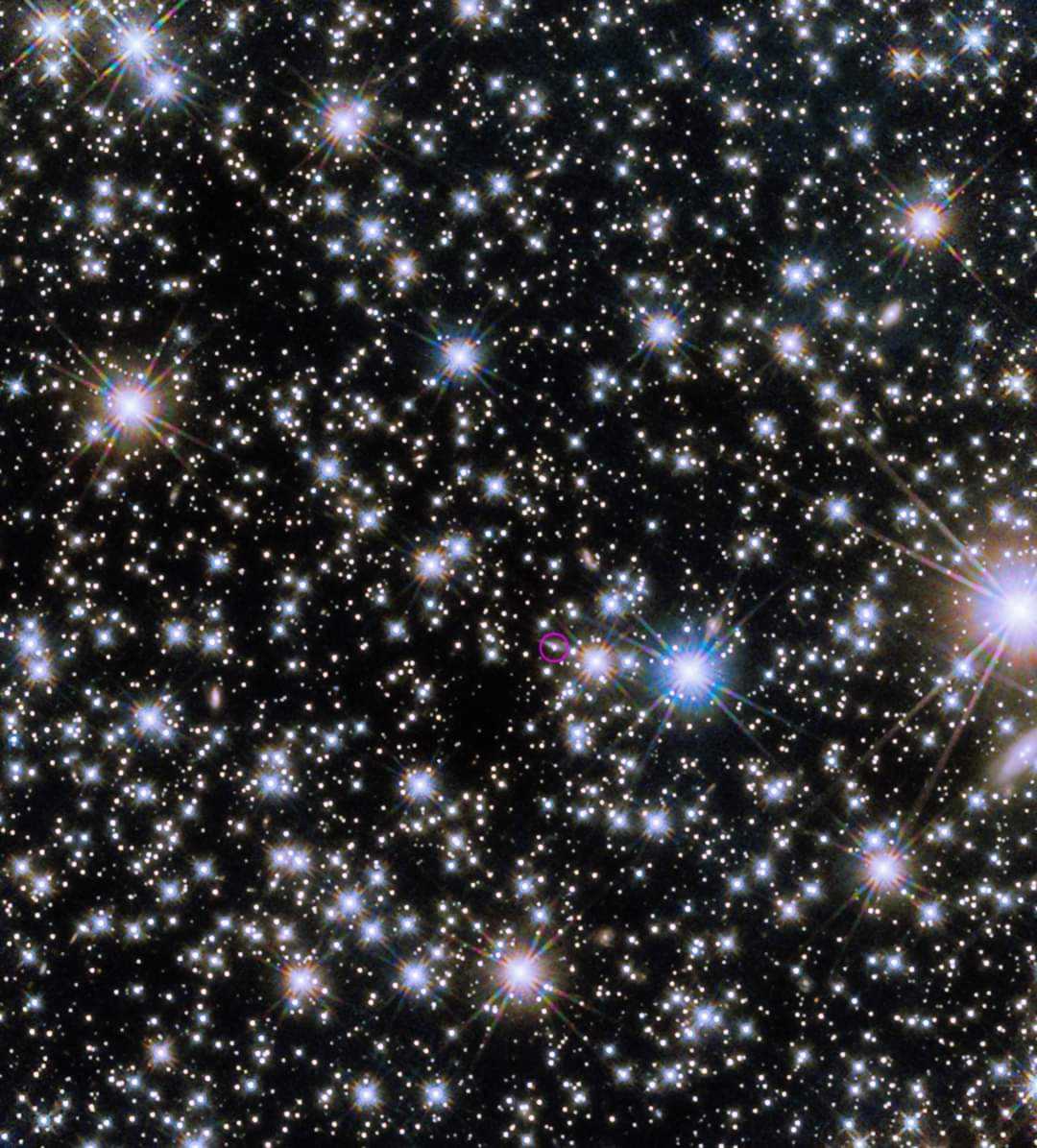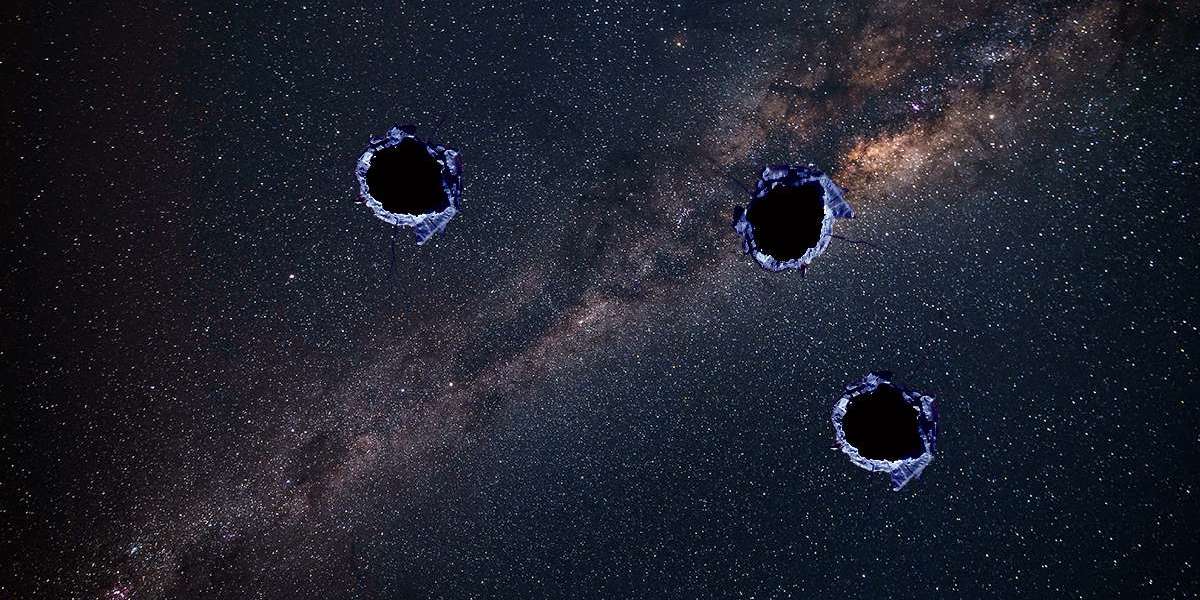Mysterious Force Punched Gigantic Holes in the Milky Way – Could It Be Dark Matter? | #astronomy #spacemysteries #darkmatter #milkyway #blackhole #cosmicdiscovery #universe
Quasars are bright objects powered by supermassive black holes that blast out energy as they consume gas, dust, and anything else within their gravitational grasp.
Within a pair of merging galaxies in the distant universe, Hubble detected a pair of quasars that existed when our universe was just 3 billion years old!
Because of the amount of time it takes distant light to reach Hubble through the cosmos, this double quasar no longer exists. Over the intervening 10 billion years, their host galaxies have likely settled into a giant elliptical galaxy, and the quasars have merged to become an emormous, supermassive black hole at its center.
Image credit: NASA, ESA, Joseph Olmsted (STScI)
#nasa #hubble #news #space #science #quasar #blackhole #astronomy #universe #cosmos

A pulse of intense radiation swept through our solar system that astronomers nicknamed the BOAT: the brightest of all time.
Several NASA missions have followed up to study this gamma-ray burst, which scientists believe was caused by the birth of a black hole that formed when the core of a massive star collapsed under its own weight.
As that new black hole quickly consumes surrounding matter, it blasts out jets of material in opposite directions that contain particles accelerated to almost the speed of light, emitting X-rays and gamma rays as they stream into space.
After such an event, astronomers expected to detect a supernova in the weeks following, but haven’t found it so far – though the burst did occur in a part of the sky just a few degrees above the plane of our Milky Way Galaxy, where thick dust cam dim incoming light.
Astronomers have used Hubble and NASA's James Webb Space Telescope to try and detect this supernova since the telescopes’ infrared capabilities can peer through cosmic dust. It’s proven elusive so far, but future observations are planned over the next few months.
This Hubble image combines observations taken one and two months after the eruption, and shows the infrared afterglow of the gamma-ray burst, designated by the small, superimposed circle. Given its brightness, the burst's afterglow may remain detectable by telescopes for years to come.
Image credit: NASA, ESA, CSA, STScI, A. Levan (Radboud University); Image Processing: Gladys Kober
#nasa #hubble #news #astronomy #space #stars #science #blackhole #telescope #universe

 News Feed
News Feed  Albums
Albums  Popular Posts
Popular Posts  Memories
Memories  Pokes
Pokes  Blog
Blog  Market
Market  Directory
Directory  Events
Events  Games
Games  Jobs
Jobs  Offers
Offers  Find friends
Find friends  Common Things
Common Things  Fundings
Fundings 